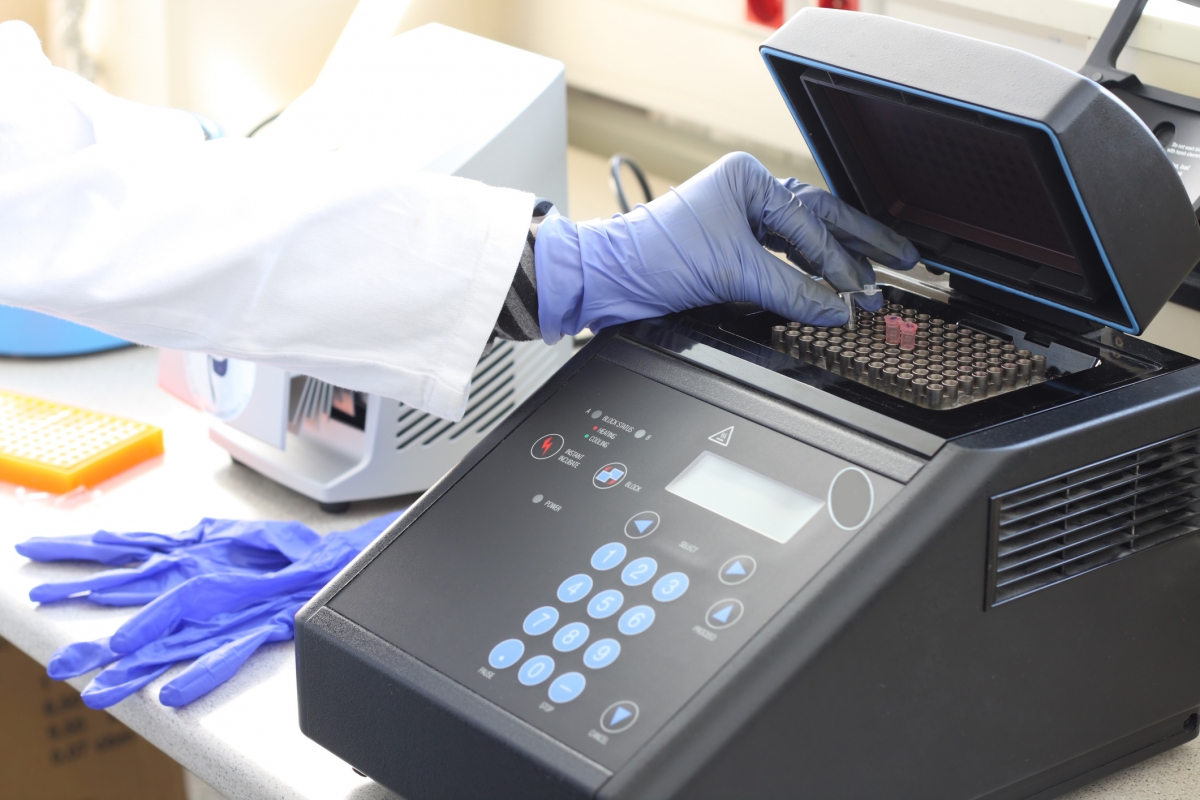

“Bridge Patient Portal has provided our patients a quick, simplified method to obtain their COVID-19 results during the pandemic,” said Shannon Myers, Addiction Labs Operations director. Lab results are provided to the patient portal via an HL7 ORU (Observation Result) and populate data within the portal as a positive or negative result. No PHI (Protected Health Information) is sent via email patients need to confirm their identity before viewing their results, ensuring HIPAA compliance. Patients can then log in to the lab patient portal to view their results. Once Addiction Labs processes the FDA – EUA approved PCR test, the patient receives an email stating that they can access their results through the portal. One major factor contributing to these delays is ensuring that results are communicated in a HIPAA compliant way. Currently, patients nationwide are experiencing significant delays in receiving COVID test results, which negates efforts to prevent further infections. Addiction Labs lends its laboratory facilities to assist in COVID testing. What is PCR (polymerase chain reaction)? (2021).Bridge Patient Portal provides Addiction Labs with a HIPAA compliant way for their patients to view COVID-19 test results.ĭallas, TX – Octo– Bridge Patient Portal provides Addiction Labs with a means to quickly provide patients with their COVID-19 test results in a HIPAA compliant way.Diagnostic accuracy of in-house real-time PCR assay for Mycobacterium tuberculosis: A systematic review and meta-analysis. Application of digital PCR in detecting human diseases associated with gene mutation. Molecular diagnostics in clinical oncology. Polymerase chain reaction (PCR) for HIV.Polymerase chain reaction (PCR) fact sheet.Information on rapid molecular assays, RT-PCR, and other molecular assays for diagnosis of influenza virus infection.
#BRIDGE DIAGNOSTICS PCR TEST RESULTS HOW TO#
How to collect an anterior nasal swab specimen for COVID-19 testing.How the SARS-CoV-2 EUA antigen tests work.Ebola (Ebola virus disease): Diagnosis.Coronavirus disease 2019 testing basics.Systematic review with meta-analysis of the accuracy of diagnostic tests for COVID-19.



 0 kommentar(er)
0 kommentar(er)
